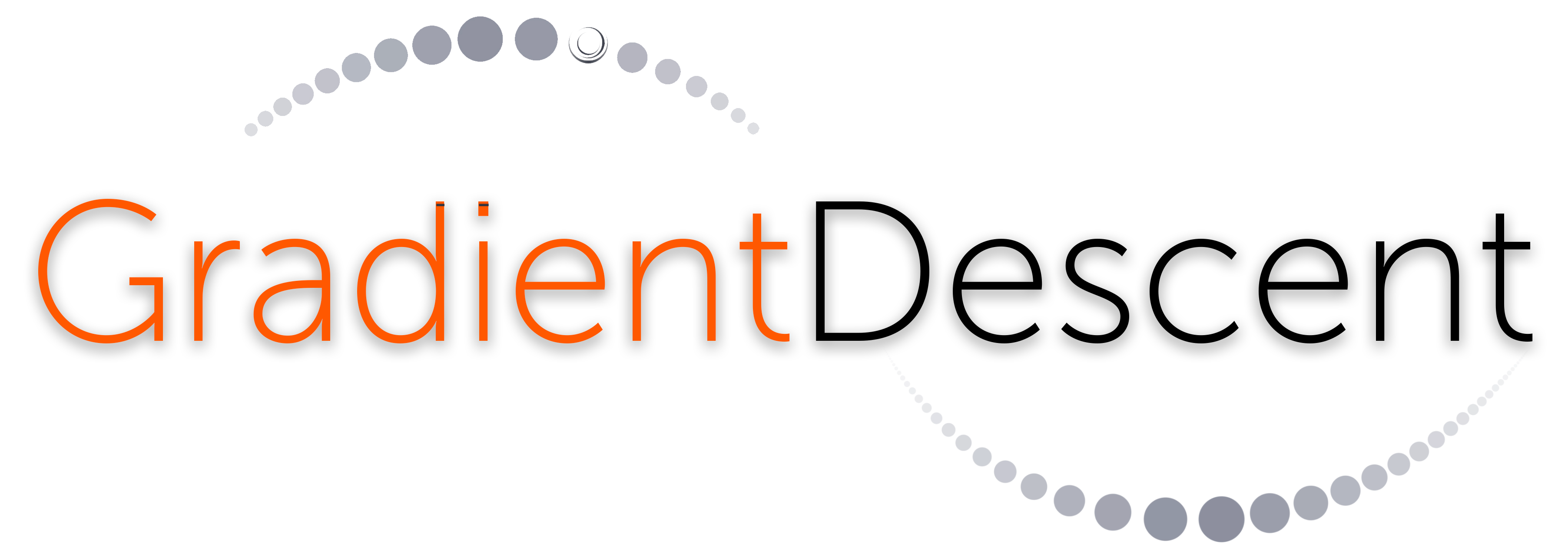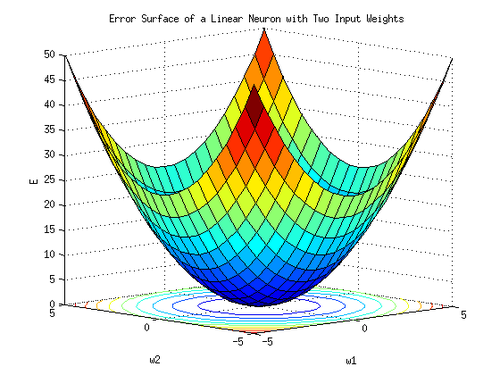World-class experience and technology expertise
Valerie Richardson
Valerie is an experienced leader and advisor in digital disruption and transformation with over 20 years at Google and General Electric, helping companies in multiple industries solve strategic and operational problems in an integrated way across multiple technology domains.
Her expertise includes defining digital strategies and developing digital operating models with a focus on providing practical solutions to complex technology challenges for executives. She has a specific interest in emergent technologies, including AI and IIoT. Valerie most recently led a digital division of General Electric advising large industrial industrial operations on how to implement cloud-based enterprise IIoT software, data analytics, machine learning and AI to increase productivity, reduce costs and improve competitiveness.
Galina Esther Shubina
Galina spent 16 years in the tech industry, over a decade of it at Google as a software engineer, data scientist and manager working on everything from ML-based advertising products to highly scalable distributed systems (four years in Silicon Valley). She spent the last 6 years working on AI strategy: alternating between building her own data and AI teams and strategy consulting on how to integrate data and AI into companies. In her last corporate job, she built the software and AI team for the electrical battery startup, Northvolt. She is the founder of Women in Data Science, AI & ML Sweden, a four year old community of 1600+ women in the field of data science, machine learning, AI and data analytics.
What is Gradient Descent?
By now, you may be legitimately asking why we called our company Gradient Descent? Doesn't the word ``descent`` have a negative connotation? Not so in the field of Artificial Intelligence. In AI, ``gradient descent`` denotes the most popular algorithm for training machine learning models. It's the ultimate optimization algorithm.
What does gradient descent do?
Gradient descent is an optimization algorithm that helps find the minimum of a function. In machine learning algorithms, this is usually the error function that shows how well your best available model is doing given your data. As we always want the smallest error, we usually want to “descend” – roll down the hill toward the minimum error – and do it as fast as possible.
How does gradient descent work?
Gradient descent works by taking our best hypothesis (a point on the surface of an error function) and finding the steepest path down toward a point with smaller error. And then doing it over and over again. It’s a bit like rolling a ball down the hill. It does so by repeatedly finding a gradient – multi-variate function derivative at a point – and finding a new better hypothesis by taking a step whose size is proportional to the negative of the gradient.
Do you actually program gradient descent algorithms?
Unfortunately and fortunately not. While Galina occasionally builds machine learning models for fun in her spare time, Gradient Descent, the company, is focused on the many strategic and organizational aspects needed to apply this type of technology successfully, ethically and sustainably for your business. Also, few data scientists and machine learning engineers write their own gradient descent algorithms these days – most of them use fantastic existing software packages for it.
Is this geek factor strictly necessary for strategy work?
Perhaps not, but recent studies suggest that technical competence and domain knowledge are contributing factors to making modern leaders successful. Our experience bears this out. Modern technology is complex. Its success touches on many technical and non-technical parts of organizations. It also exists within a greater business and technological ecosystem. Most companies will need to both up-skill their existing management team and hire former technologist as executives and managers to succeed. We specialize in both of those areas.
Source: HBR – Can You Be a Great Leader Without Technical Expertise?



